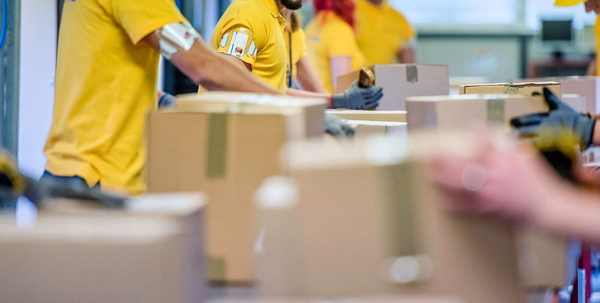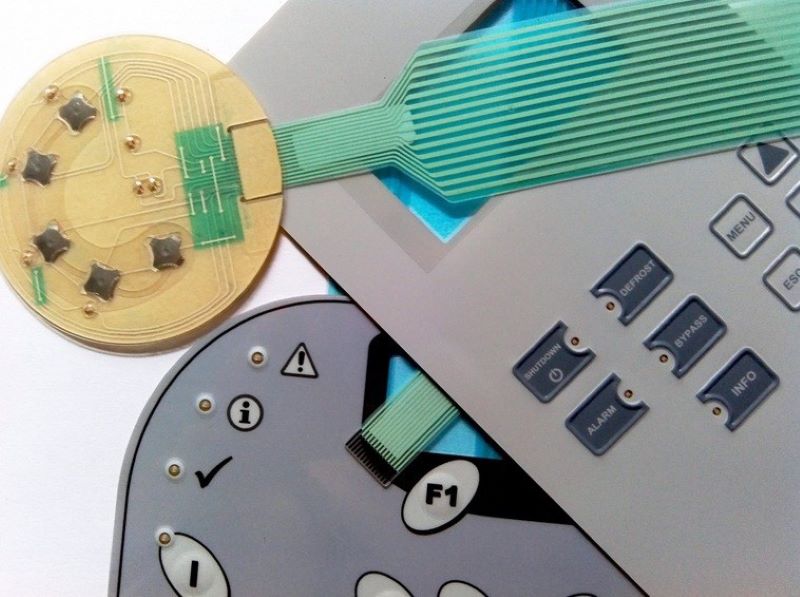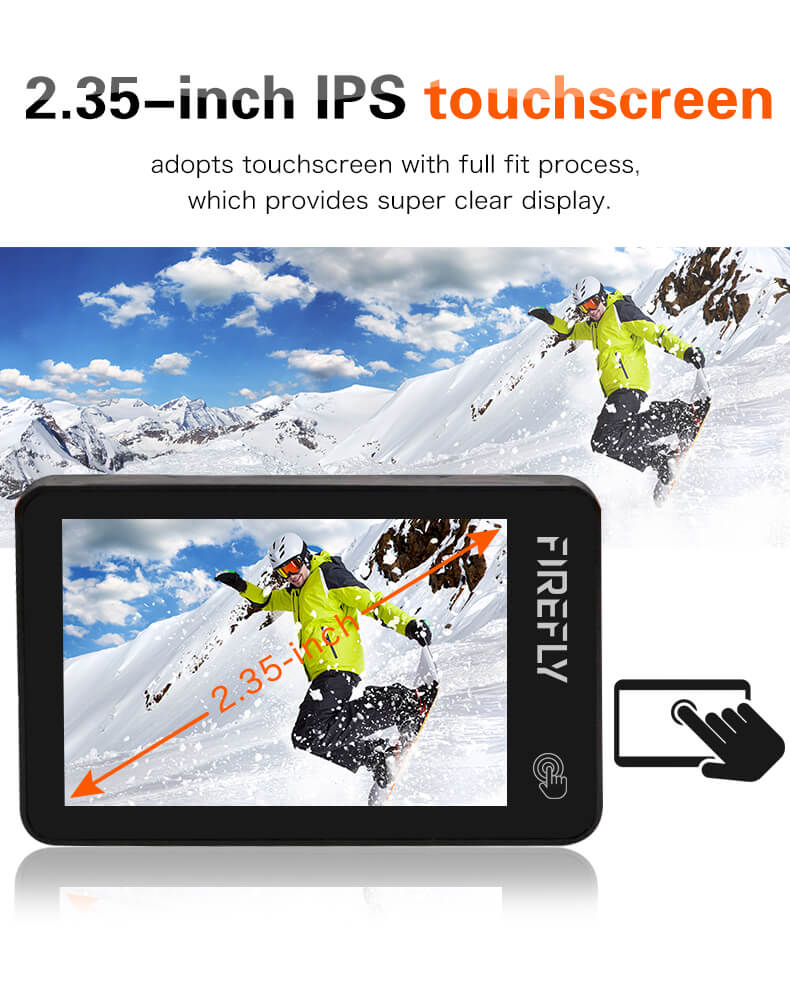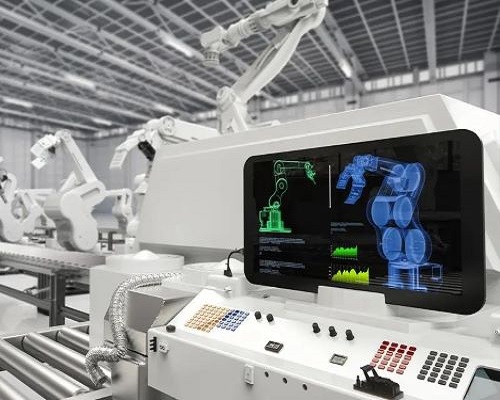FedEx, DHL, UPS as the three giants of the international express industry, with their unique advantages and strong market position, in the fierce competition in the international logistics market.Even so, freight agents We must also adhere to the quality of the industry and create unique products for the company. https://flyportt.com/
So which of these three companies is better? Let’s make a detailed comparison from multiple dimensions such as service network, price, timeliness, technological innovation and customer experience to find out!
international express
1. Service network and coverage
FedEx: As one of the world’s leading delivery service providers, FedEx has a vast and advanced transportation network that covers most of the world’s major cities and regions. Its extensive international network and rich experience have enabled FedEx to have a high market share in the Asia-Pacific region, especially in China.
DHL: As the leader of the international express industry, DHL has a strong global network and logistics strength, especially in the European region has a high market share and density. Renowned for its global connectivity, DHL is the partner of choice for many multinational companies.
UPS: UPS is one of the world’s largest package delivery and logistics companies with a global service network. Although UPS has a high market share in the Americas region, its coverage of the international express market is also quite extensive, and it is able to provide customers with reliable global logistics services.
international express
2. Price and cost
FedEx express prices are usually more competitive, especially in the provision of express services, but because of its high-end service positioning, the price is relatively high, suitable for users with high requirements for time.
DHL freight in the market at a medium level, cost-effective, suitable for the pursuit of stable service customers.
UPS’s shipping prices are also relatively high, but its services are extensive and reliable, suitable for customers who require higher logistics efficiency.
international express
3. Timeliness and service quality
FedEx is known for its efficient, on-time service, advanced logistics management systems and extensive international network to ensure that goods reach their destinations quickly and accurately. Especially in the Asia Pacific region, FedEx often leads the industry in shipping timeliness.
DHL is known for its fast time and stable service, and its express delivery time and service quality enjoy a high reputation in the industry.
UPS also provides efficient logistics services, with a high degree of information technology, and can provide real-time cargo tracking services to ensure that customers are always aware of package dynamics.
international express
4. Technological innovation and customer experience
FedEx has invested a lot of resources in the development of advanced logistics management system, to achieve accurate tracking and real-time monitoring of goods, greatly improving customer satisfaction.
DHL’s IT service system is far superior to its major competitors in terms of functionality, acceptability and availability, providing customers with a convenient operating experience.
UPS, through its advanced technology and extensive logistics network, provides customers with a full range of logistics solutions to help enterprises improve their competitiveness.
international express
5. Summary
To sum up, FedEx, DHL, UPS in the field of international transport each has its own advantages, it is difficult to simply judge which is stronger. Customers should weigh their choices according to their own needs and budgets.
FedEx is suitable for users who have higher requirements for time;
DHL has won widespread praise for its moderate prices and stable service.






